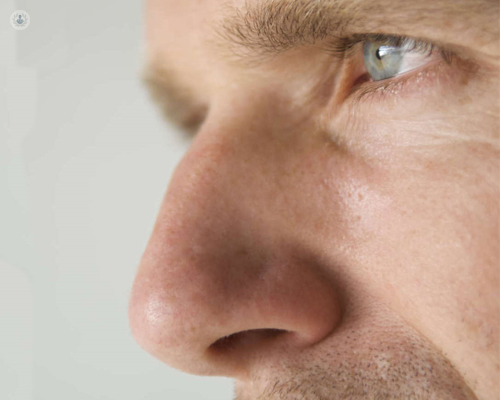Radiofrequency turbinate reduction
Mr Elias Francis-Khoury - Otolaryngology / ENT
Created on: 11-13-2012
Updated on: 01-18-2024
Edited by: Conor Lynch
What is radiofrequency turbinate reduction?
Radiofrequency turbinate reduction surgery involves the application of high-frequency radio waves which cut through nasal tissue in a controlled way, reducing the turbinates to improve air flow. The waves are applied directly to the targeted tissue using cold electrodes. At the start of the procedure, a thin radiofrequency probe is inserted through the nostrils.

Why is it done?
Radiofrequency nasal surgery is performed to reduce the size of the turbinates and to make breathing better and easier. Turbinates are small structures within the nose that are responsible for cleaning and humidifying the air that passes through the nostrils. If they become inflamed and swollen, either by infection, allergies or irritation, they produce mucous, causing congestion.
What does it involve?
The procedure is performed under local anaesthesia and usually lasts between five to 15 minutes. A needle-like probe is inserted through the nostrils, which then transmits energy to the targeted tissues. The radiofrequency energy helps to reduce the size of the turbinates without harming the nasal mucosa. No scarring is caused by this procedure.
How to prepare for radiofrequency turbinate reduction:
You should speak with your specialist about which medications you can take before the procedure. You may have to stop taking certain medications, such as anti-inflammatories or anticoagulants.
What is recovery like?
Post-operative care is fast and straightforward; you will have to perform nasal washes with saline to promote healing and to clean the treated area. Also, in the first few days after the procedure, you should avoid physical exercise, intense heat, and aspirin. Nasal scabs will probably form in the first few weeks.
